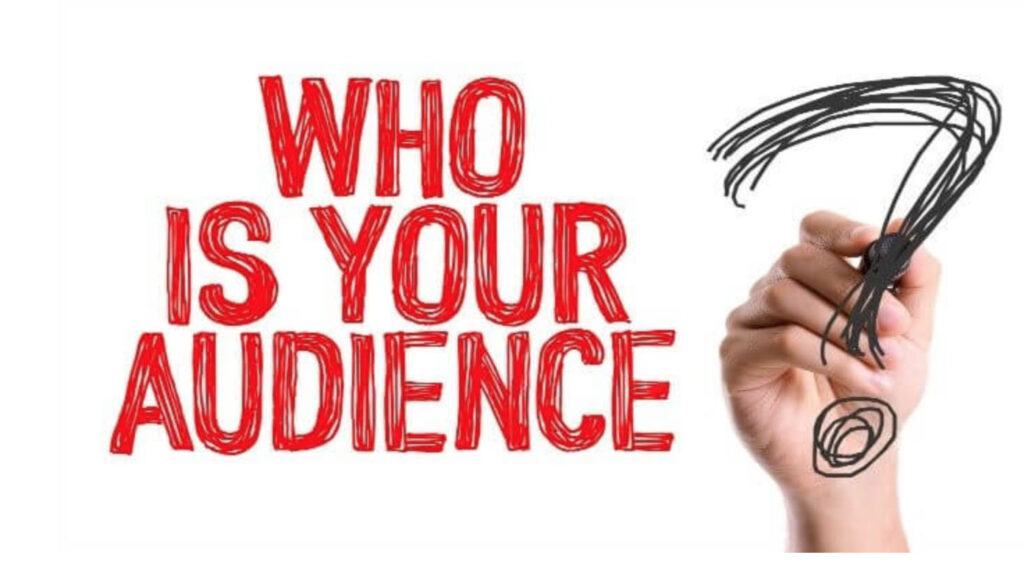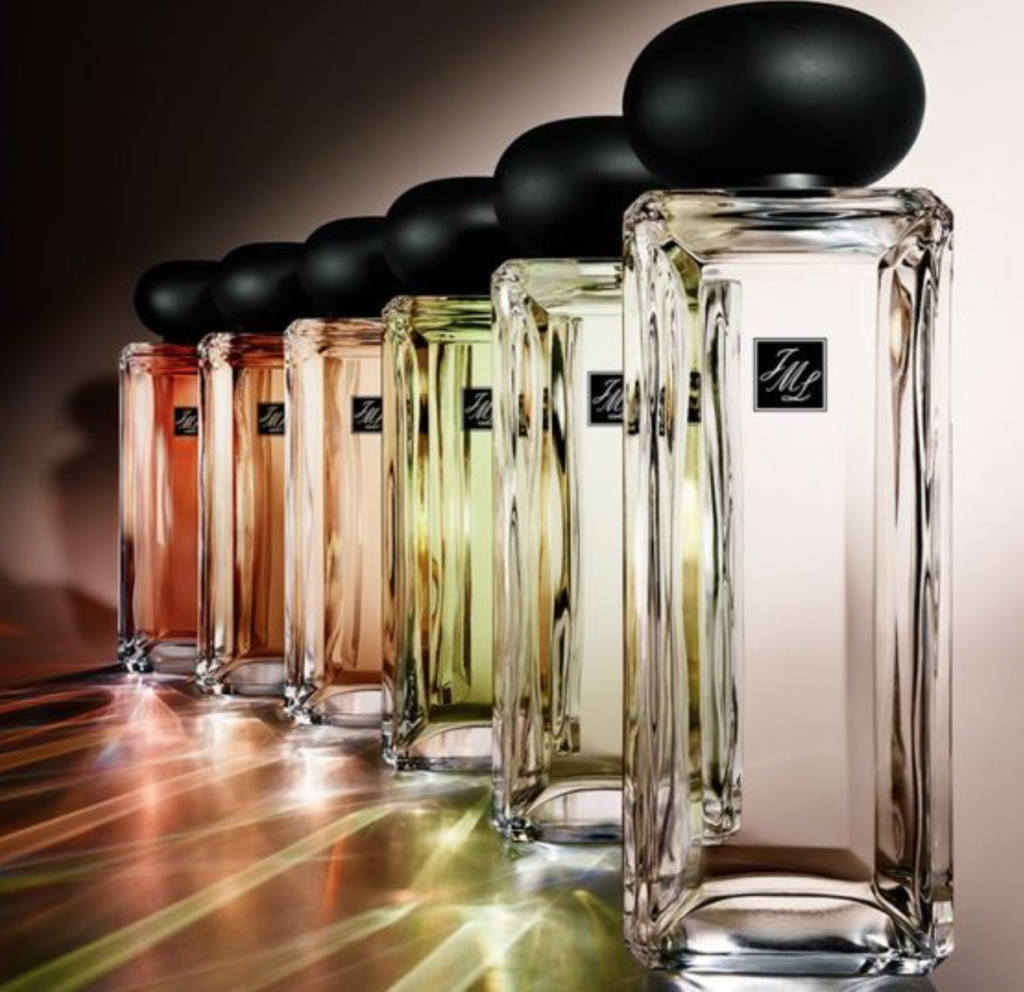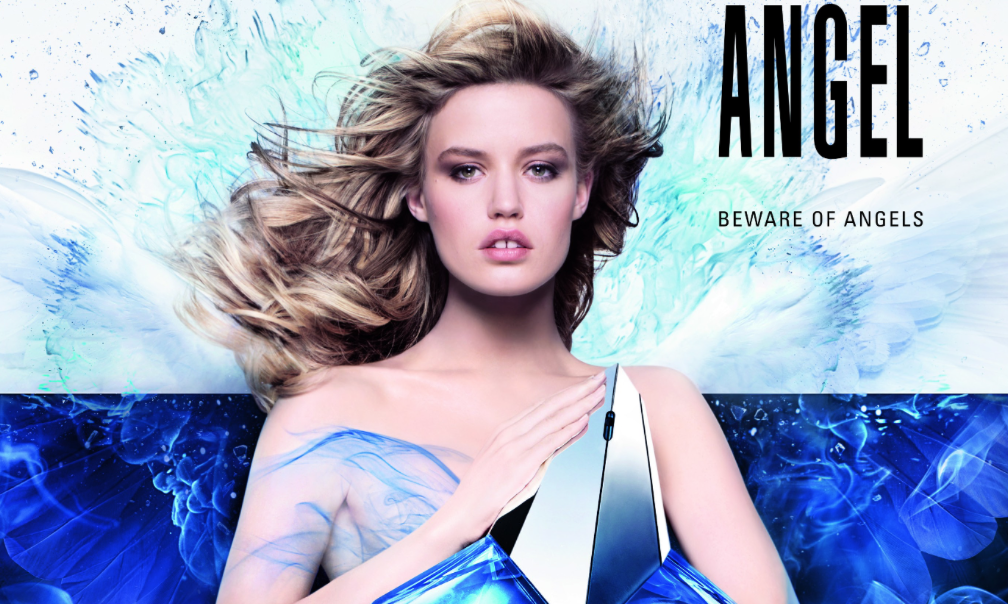The personality of a brand is communicated by the small things like name, font and colour selection, textures on the box and accessories on the bottle. All of these small things add up to an expectation of the personality and quality of fragrance we will get when we start spraying. However, it seems that many perfume brands under perform in delivering the fragrance that the packaging is communicating and this can explain why so many perfume brands fail. This is particularly the case in mass market perfumes, but it also happens in selective and higher priced offerings. Too often a design idea in packaging is telling one story and the perfume is telling a completely different tale which undermines the brand’s credibility. For example, lets take a very popular fragrance for men worldwide: ‘Drakkar noir’ by Guy Laroche. This is a classic Aromatic Fougère fragrance which is powerful and spicy, rich and powerful. If we decided to put our version of this fragrance into, let’s say, a white or silver paper box, then the deep aromatic sensuality of the perfume will not be communicated. The end consumer might subconsciously be expecting a less powerful, spicy fragrance, something more subtle and aquatic maybe. Too often a fragrance is chosen after the new perfumery packaging and concept has been developed. It is an after thought. Many mass market perfume manufacturers who are too afraid to take a risk will choose a top selling designer fragrance and ask the fragrance house to give their version with a little twist so that it’s not a pure copy, but resembles the original enough to be less of a risk. Or sometimes the fragrance is newly created for the project, but isn’t thought through properly. In designer perfumery the whole creation process starts with the concept and briefs are given to perfumers to develop a fragrance to communicate the essence of the idea.Packaging is developed later to reinforce the fragrance message. This gives a more credible result, the perfume and the packaging are communicating the same story. A perfume is created to arouse memories and to communicate an emotion. Take for example the extremely popular fragrance by Thierry Mugler Angel. This started out as a brief to perfumers to capture memories of the childhood smells of the fairground from Thierry Mugler. Therefore smells of candy floss, caramel and chocolate are in the scent, but combined with patchouli to balance out the sweetness. This was one of the first major gourmand fragrances in the designer perfumery industry.One could argue that the final name ‘Angel’, the blue box colors and advertising campaign don’t communicate anything of the fairground and therefore the concept is not clear. Honestly speaking, this concept may have started off in the fairground, but it ended up somewhere else, as the name Angel really has nothing to do with the original fairground concept. Often an original idea will lead in a different direction when true creativity is unleashed. Angel perfume itself managed to trigger enough fond past memories of sweet smells, though maybe ladies attributed the sweet notes in the fragrance to other memories from their life. In West Africa one UAE export perfume Explorer is selling extremely well at the moment. Sales are phenomenal. However, when you look at the packaging, it is extremely simple and there is nothing very special about it. The cap has been used time and time again by other fragrance manufacturers and the bottle is a simple square shape. But what sells this brand is the perfume. Extremely spicy and long lasting and if you spray it accidentally, then it doesn’t wash off your skin for days. Which is exactly what the market wants. Such a perfume cannot be achieved without spending serious money, you cannot achieve the same effect for the same price that most mass manufacturers want to spend per kilo. In short, great packaging of a brand will persuade a client to buy first time, so it is a big influencer on decision making. But the fragrance itself cannot be overlooked and selected on a whim as a last minute thought, as this is the main factor which determines the likelihood of repeat purchase.Finally, perfume factories should try whenever possible to ensure that the fragrance selection is reinforcing the packaging imagery and communication to achieve maximum credibility for the product. […]
Lire la suite…




